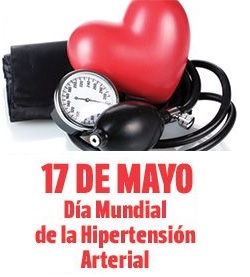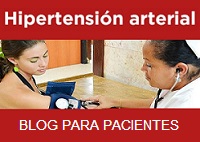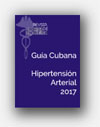Interpreting treatment-induced blood pressure reductions measured by ambulatory blood pressure monitoring
 Por: R E Schmieder, L M Ruilope, C Ott, F Mahfoud y M Böhm. Journal of Human Hypertension (2013) 27, 715–720. May 2013.
Por: R E Schmieder, L M Ruilope, C Ott, F Mahfoud y M Böhm. Journal of Human Hypertension (2013) 27, 715–720. May 2013.
It is well known that 24-h ambulatory blood pressure monitoring (ABPM) provides a more accurate picture of a patient’s blood pressure (BP) compared with clinic BP measurement. Twenty-four-hour ABPM better predicts hypertension-related risks such as end-organ damage including left ventricular hypertrophy, cardiovascular (CV) events and mortality. Threshold BP values for hypertension based on 24-h ABPM results have been established, including daytime and night-time averages. Nevertheless, the relationship between 24-h ABPM and clinic BP measurement in patients on antihypertensive therapy, and in particular how each may change in response to antihypertensive therapy, is less clear.





![Glosario: hipertensión [Hipertensión arterial en la atención primaria de salud. 2009]](http://temas.sld.cu/hipertension/files/2016/04/Glosario-e1541006177950.jpg)




Comentarios recientes